Publisher’s Note
Sometimes, leadership demands us to make the hard calls. In this particular story, Travis Vap was faced with a difficult decision on how to handle an employee that put himself at serious risk—and thus put the company in a tough position of how to handle an interdisciplinary situation. Should the company have terminated an employee out of a severe safety violation? Perhaps. But the path and decision chosen by this company not to terminate this particular employee shows leadership at its finest. How was the event handled? The worker sat down and wrote a letter to his family in the event he would not be coming home from the jobsite.
Case in point: I had the honor of speaking with Vap at BUILD23 about a serious safety issue he was faced with as the head of his company, South Valley Drywall. I was so moved and inspired by how Vap handled the situation. I believe everyone in this industry could learn from this situation and ultimately how this turned out to be a positive outcome as an employee learning from their mistake(s).
The below story illustrates how South Valley Drywall has a decision to make. The handling of this event showcases how South Valley Drywall wanted to make a direct statement on how to rectify serious infractions on a jobsite while ultimately benefitting all those involved. Please read on.
As I, Travis Vap, owner of a large subcontractoring company have asked myself several times: Does a zero-tolerance approach to safety make us safer or does it increase the instances of safety problems and the severity of injuries? These are questions top brass ask ourselves in the industry constantly.
My company, South Valley Drywall, has for approximately 47 years been rocking, hanging and finishing successfully throughout the state of Colorado. Headquartered in Littleton, this residential and commercial contractor provides services that also include framing, acoustical ceilings, prefabrication, finished exterior wall panels and more.
Our residential division takes pride in providing the same quality and service if it is your first home or your dream home. The commercial division is the go-to for our client’s most critical projects and projects where they cannot fail. Our prefab business specializes in the design, engineering, fabrication, and installation of prefabricated building envelope assemblies. We want to be one of the most respected and trusted businesses in the market.
Yet, what we haven’t shouted out loud enough before, is that our company has its own unique safety policy. What is a safety policy? It is something that all contractors—no matter the trade—adhere, observe and follow to ensure the safety of our workforce. Obviously, OSHA regulates the standards for which we honor but a truly devoted company, such as South Valley Drywall, implemented and created our own in-house program. Let me explain further.
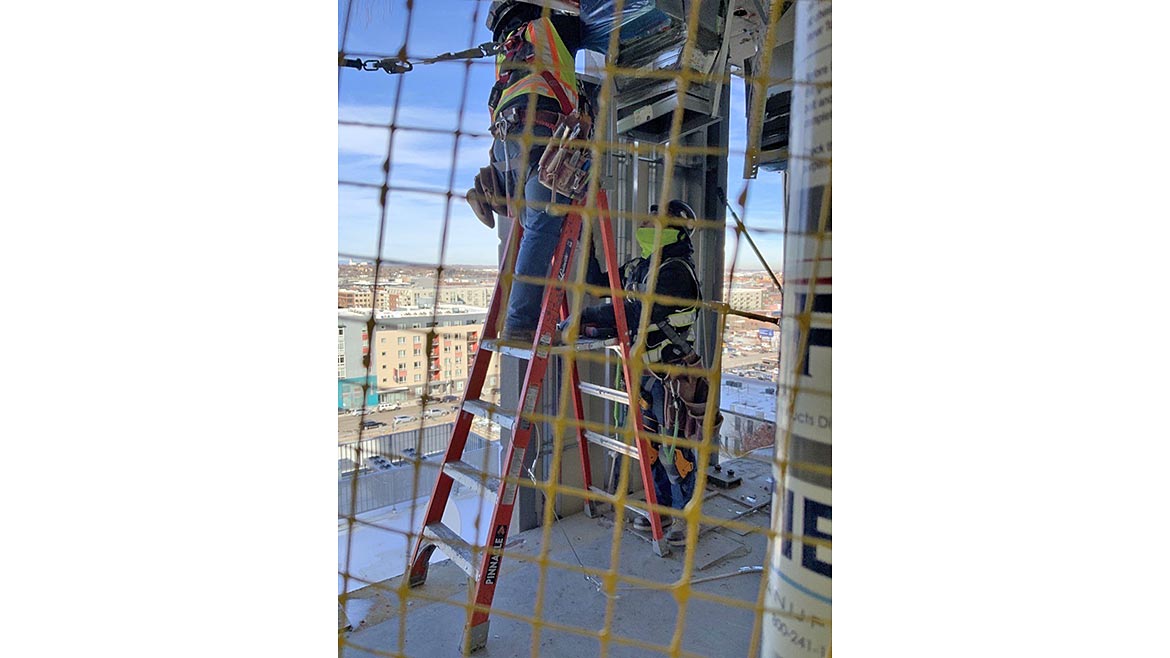
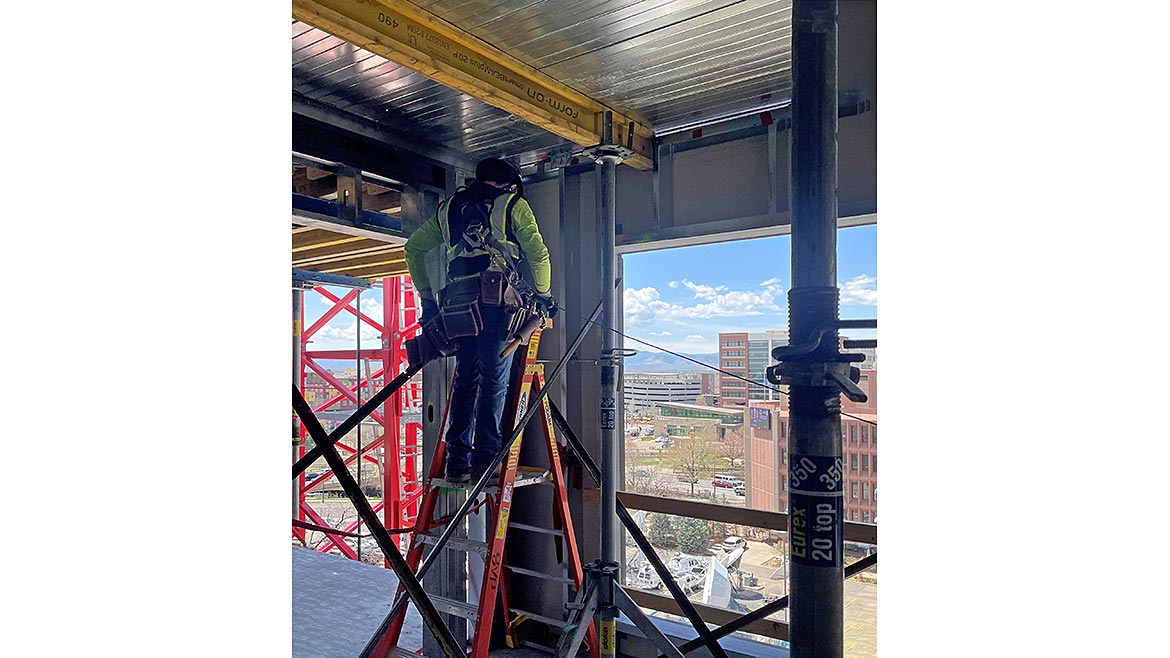
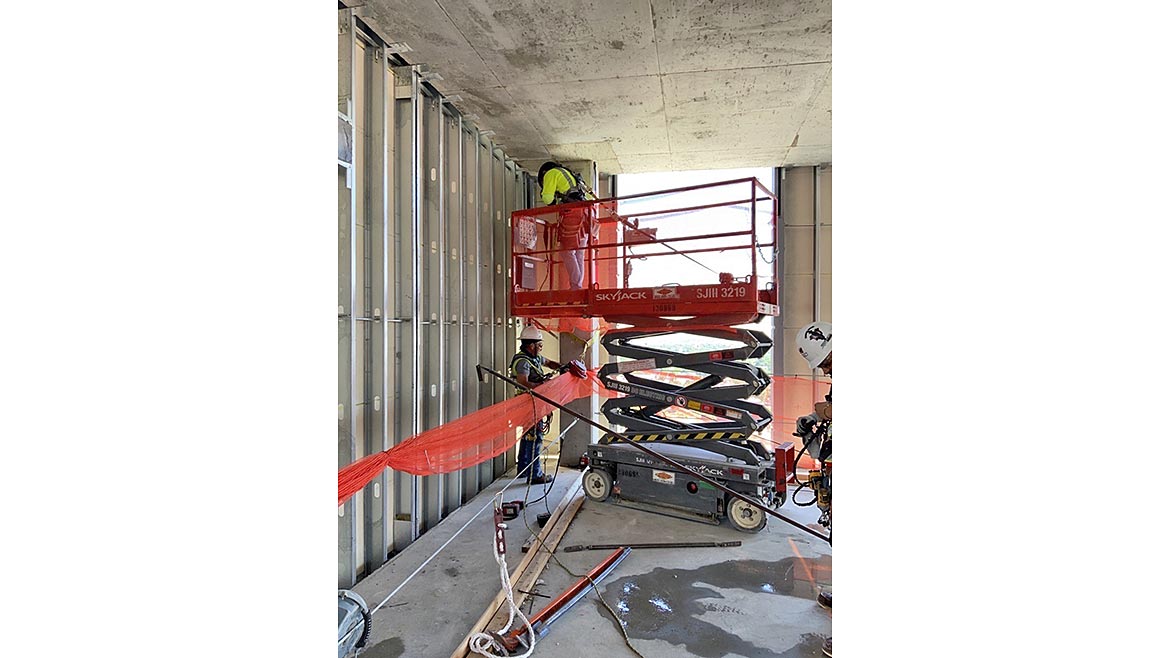
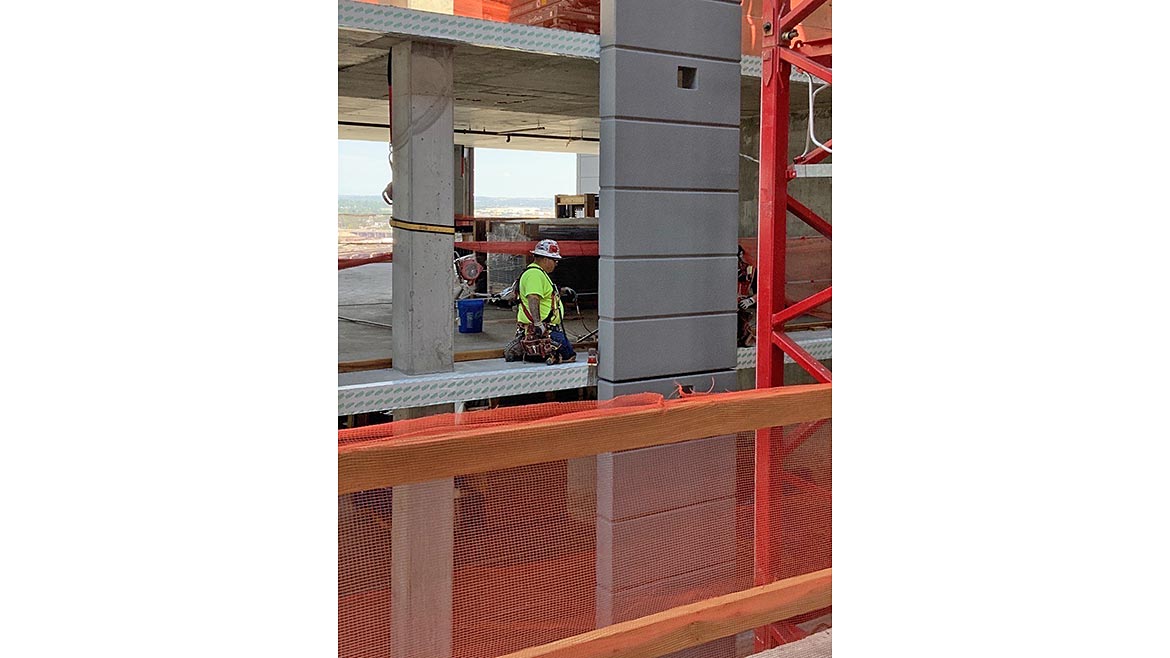
A Lesson to be Taught
Here’s a crazy situation: There’s a dichotomy in our industry that if someone does something bad, people think they should be let go.
South Valley Drywall had an individual that made a massive mistake on the jobsite. Luckily he’s alive, but he chose to go eight stories up on a boom-lift without a harness to pull a measurement. Our general contractor saw it from the ground. They went up to him, addressed it, and he confirmed that he did it. They called us in and they really wanted him fired. We said, “No.”
So we all thought to ourselves, “What should we do to convey to this worker the severity of this mistake?” We brought him into our conference room and we talked it through.
Then, what we had him do was to write a letter to his family. But not just any letter but his last letter to his family. In this letter, he was to outline how if they were to receive this note, that he would not be with us anymore. He would include in this note that they were receiving this because this would be the result of a jobsite fatality.
We told him that we would not read it but that we were going to put it in an employee file. And that this letter would remain in that file until—God forbid—we had to deliver this to his family. The reality that was impressed upon him is, “If you continue to do this type of risk-inducing behavior, you’re not going to return home.” This was an impactful moment for this worker and he became very emotional. He’s a good guy that made a massive mistake. He dutifully wrote this letter, we have it placed in his file and we trust that now he will do everything to ensure that this letter is never delivered to his family.
Furthermore, we had him lead a safety session where he taught others on what we learned from this experience through speaking and a field session. We got through this episode with him and now he’s an outstanding employee who is now a foreman in our company.
If we would have let him go, it wouldn’t have been a teachable moment. Make no mistake: there are people that are a hazard to themselves and others. Sometimes, you have to let people move on. But opt for the opportunity to teach someone that has made a life-threatening mistake, such as this one. It can lead to the better outcome. This is how we believe as a company leadership should take the lead on.
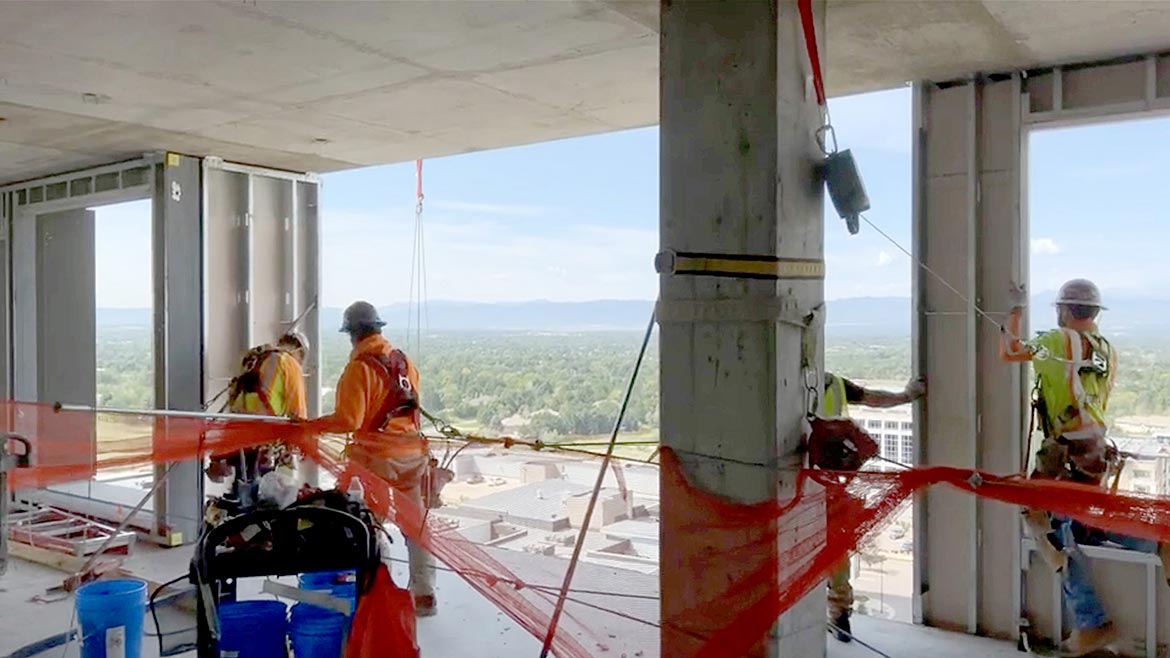
Present a Firm Code
Zero-tolerance safety policies in construction intend to reduce safety problems but can have the opposite effect. When people know they will face disciplinary action for speaking up, they will not do so. When this happens, we lose the ability to know what is really going on, improve safety, and work together to solve problems and save lives.
There are discipline strategies that can target certain behaviors without sacrificing safety or losing flexibility to handle complex issues with unique approaches. First, we can target primary prevention by offering immunity for anyone to discuss near-misses or a safety incident. This does not include criminal offenses or habitual behavior; however, by offering immunity to our people to discuss safety we remove the fear of retribution and hiding dangerous behavior. This allows us to get to the root of the problem and to work together to address the safety issue and make our company safer.
Second, we can create strategies for individuals that are at risk of safety violations.
Finally, we can create strategies for individuals that have been involved in unsafe activities or demonstrate habitually unsafe behavior.
By modifying our approach away from zero-tolerance, we allow more flexibility for our people to use their judgment to respond to incidents, use incidents as teaching moments to improve our environment, and create a culture of compassion, continuous learning and improvement. Through this, we will be able to achieve our goals of everyone returning home safely each day, reducing the number of accidents, reducing the severity of injuries, and achieve a zero-injury environment.
We all want our people to go home. What South Valley Drywall does is we hold a focus forum annually, where we bring in staff in groups of 10 to 12 and we talk to them about several things. Among those is safety and a review of our company’s safety policies in place.
One of the things I emphasize is that if they ever feel unsafe, that means it is unsafe. What I mean by that is we as humans through herd mentality or something unknown to ourselves is we can put ourselves in an unsafe situation unknowingly. We need each other to look out for one another.
Say we’re up on an 80-foot boom lift framing a soffit and everything is safe. But, the next day we’re in that situation and we don’t feel right; well, now we’re the hazard. So, we have to speak up. It doesn’t matter what the boss says or a co-worker says, the reality is we’re now the hazard and we should be encouraged to speak up when things are not right—especially when it comes to safety.
If you don’t feel safe then remove yourself from that situation. We need to de-stigmatize any of those activities that we feel in our gut can be harmful. Sometimes, we focus so much on paperwork and planning we can forget there is a human element to it. It’s important that owners, bosses, superintendents and any authority figures listen to those that feel unsafe without the threat of some kind of retribution.




